Yesterday we brought you some expert advice on helping your child deal with bullies.
Today, we’re back to tackle a potentially stickier question.
What if your child is the one bullying others?
If it’s difficult to get your child to tell you about the bad things that happen to them, imagine how unlikely they are to come clean about the bad things they do themselves.
When you find out your child is bullying others, it will likely come as a surprise.
You might find yourself instantly ready to flick through your Rolodex of punishments.
I spoke with one of Scotland’s top anti-bullying experts earlier this year about this exact question. She said that empathy – having it yourself and teaching it – is key to resolving the problem.
Behaviour is communication
At its core, bullying is a behaviour. And like most behaviours, it’s habit-forming and tied to something specific we are trying to communicate.
Whenever bullying is taking place, we often want some form of swift punishment to restore the balance of justice.
But Katie Ferguson, director of respectme, Scotland’s anti-bullying service, said that it’s more important to figure out what children are trying to tell us with their bullying behaviours.
“One of the things that professionals are trying to do is understand why bullying is happening. That can be a huge question for a young person. What we are really good at recognizing in Scotland is that bullying is a behaviour.
“Behaviour is communication, and communication is usually about communicating needs.”
But it’s also important to get underneath that behaviour and develop alternative ways to communicate, she said.
“We can start to work with young people who are displaying bullying behaviour by helping them develop other ways of coping with those feelings.
“It’s really about checking in with that young person on an ongoing basis.
“Set up expectations and alternative behaviours. Try to agree that it’s best to express themselves a certain way when they feel frustrated or lonely, or whatever the trigger emotion turns out to be.”
Talk, don’t take away
So before you start taking away privileges to try to correct your child’s behaviour, Katie said that it’s important to open up a conversation.
Harsh, punitive measures are proving less effective at correcting behavioural issues like bullying, she said.
“Often there will be background issues going on for that young person at home. Maybe being pressured by peers to act a certain way, maybe they’re being bullied and trying to regain that sense of control for themselves.
“What we are moving toward much more is an environment where we know that harsh punitive consequences are not always the most effective way of changing behaviour.
“Harsh consequences will often reinforce the negative behaviour.”
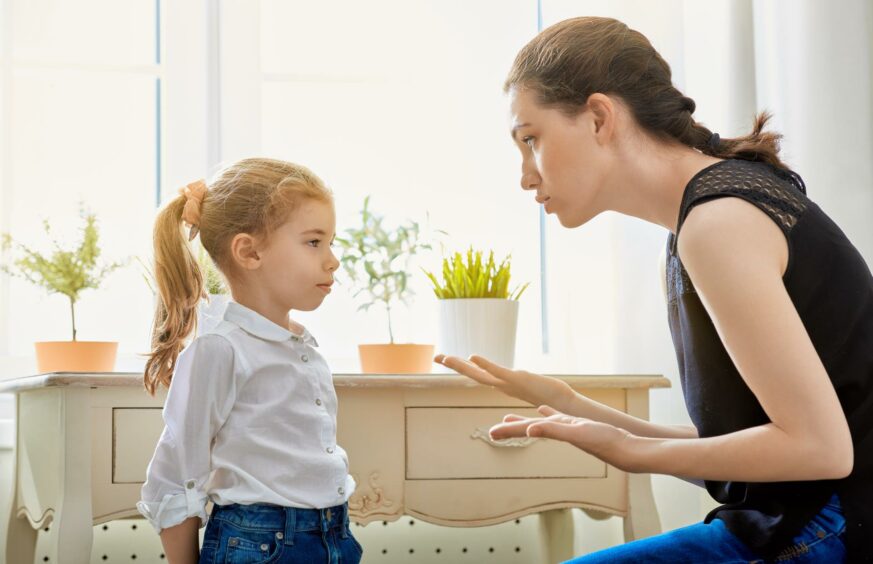
When talking to your child about why they are bullying someone, Katie said that one of the more important questions you can ask them is: How do you think the other person feels?
“What you’re really trying to develop is empathy. Encourage that young person to have empathy for others, and the impact that their behaviour can have on others.”
Time and patience needed
If there’s one truth about dealing with bullies, whether they live under our roof or not, it’s that it isn’t easy.
Katie said that it’s tempting for parents to turn to punishments or to simply say bullying isn’t okay and children should stop.
But changing a bullying behaviour takes more than just reminding children of the rules.
“At the end of the day, we’re often dealing with young people who are still developing empathy, conflict resolution and other traits.
“It’s important that we take that on board and we’re not just leaving them in the lurch without giving them the skills to achieve the changes.”
“It’s not easy. We need to be realistic that changing bullying behaviour will take time. And we need to be clear with young people that bullying behaviour is not acceptable.
“We can’t think that just one conversation is going to be enough.”
Anti-Bullying Week runs from November 14-18, 2022. The awareness event is organised by respectme, Scotland’s anti-bullying service. This year’s theme is Listen Up! (Respect our Rights).
Keep reading throughout the week for more advice and stories about local efforts to stop bullying at its source.
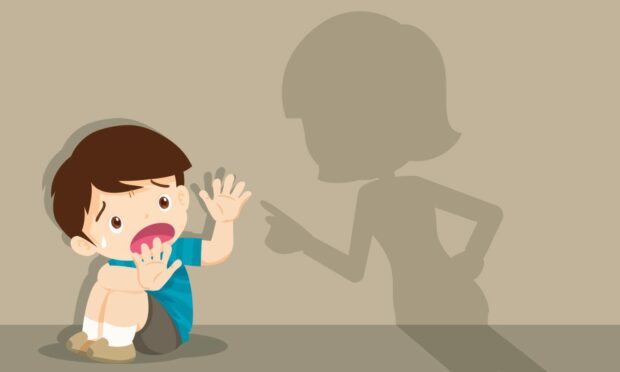





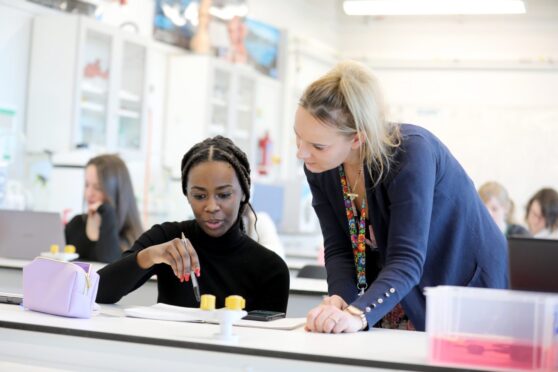
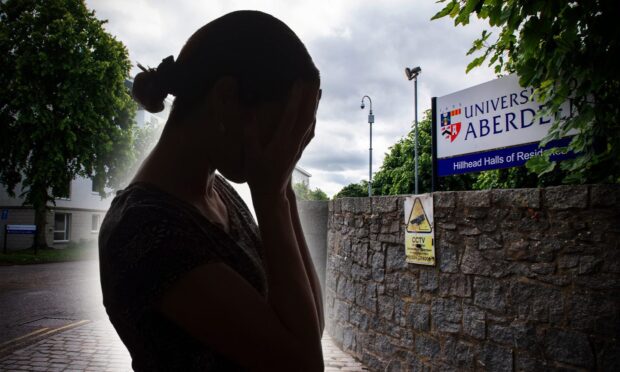


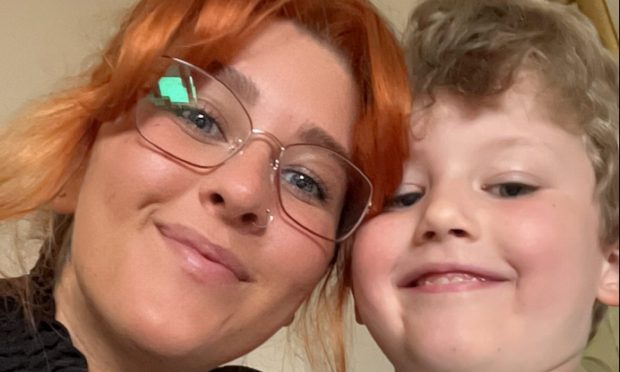

Conversation